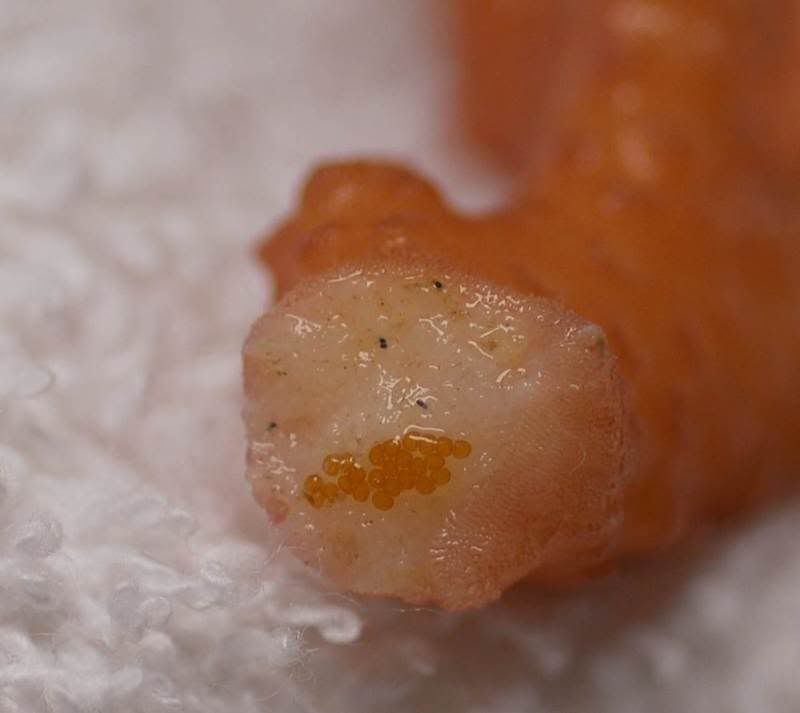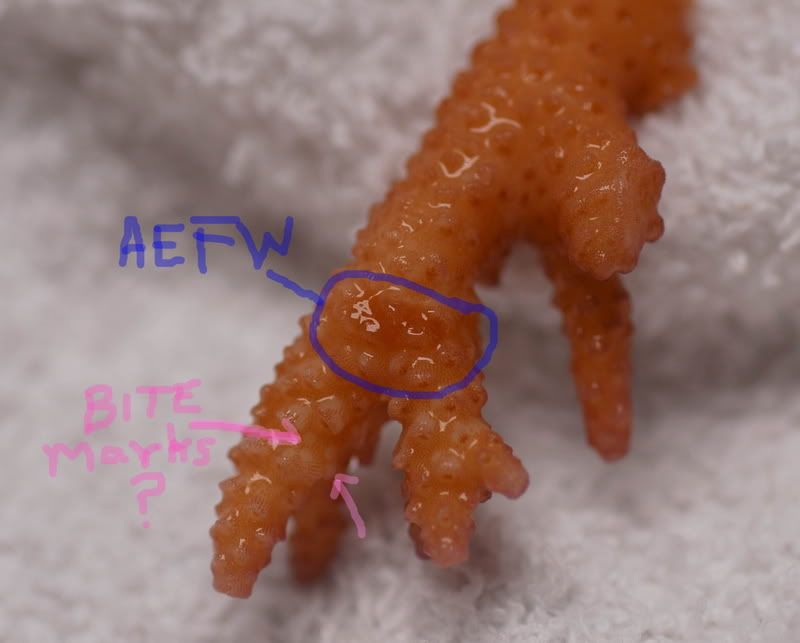I searched the posts for AEFW (arco eating flatworms) and did not find anything here at NJRC - I have the problem killed 4 acroporas and currently attacking 2 others - think it was caused by an infected coral purchased either from an LFS or an on line retailer.
I have tried so of the more popular treatments - iodine bath (lugol's) and it hasn't stopped the progress and spread - isolation through a QT (for corals this is very expensive to set up - need protein skimmer, circ pumps, HD lighting etc.. as opposed to a "fish" QT that only requires a good biological filter - bare bones) - well anyway - I have gotten a hold of some Levamisole through a farm supply retailer in Maryland, and would like to try a control group study on the effectiveness of this treatment for AEFW - I have a professional grade microscope and microscope camera to take pics of the slides - looking for someone in the club, preferably in Monmouth or Ocean county to work with on a control study - I have enough of the drug to treat 400 heads of sheep (de-worming antibiotic for livestock) so it should be enough for several hundred heads of acro - multiple treatments
Here are the links on RC regarding this treatment (The first link has the most selections becuase it is a search on AEFW in general - all the treatments, the other two are specific to Levamisole treatment) - I would recommend you start with the last link first and work your way up - go bottom up..
http://www.reefcentral.com/forums/s...=8215976&sortby=lastpost&sortorder=descending
http://www.reefcentral.com/forums/s...&perpage=25&highlight=Levamisole&pagenumber=7
http://www.reefcentral.com/forums/p...eb1e2d238a10bafb7&threadid=899108&perpage=465
Chris 908 400 2760
I have tried so of the more popular treatments - iodine bath (lugol's) and it hasn't stopped the progress and spread - isolation through a QT (for corals this is very expensive to set up - need protein skimmer, circ pumps, HD lighting etc.. as opposed to a "fish" QT that only requires a good biological filter - bare bones) - well anyway - I have gotten a hold of some Levamisole through a farm supply retailer in Maryland, and would like to try a control group study on the effectiveness of this treatment for AEFW - I have a professional grade microscope and microscope camera to take pics of the slides - looking for someone in the club, preferably in Monmouth or Ocean county to work with on a control study - I have enough of the drug to treat 400 heads of sheep (de-worming antibiotic for livestock) so it should be enough for several hundred heads of acro - multiple treatments
Here are the links on RC regarding this treatment (The first link has the most selections becuase it is a search on AEFW in general - all the treatments, the other two are specific to Levamisole treatment) - I would recommend you start with the last link first and work your way up - go bottom up..
http://www.reefcentral.com/forums/s...=8215976&sortby=lastpost&sortorder=descending
http://www.reefcentral.com/forums/s...&perpage=25&highlight=Levamisole&pagenumber=7
http://www.reefcentral.com/forums/p...eb1e2d238a10bafb7&threadid=899108&perpage=465
Chris 908 400 2760





